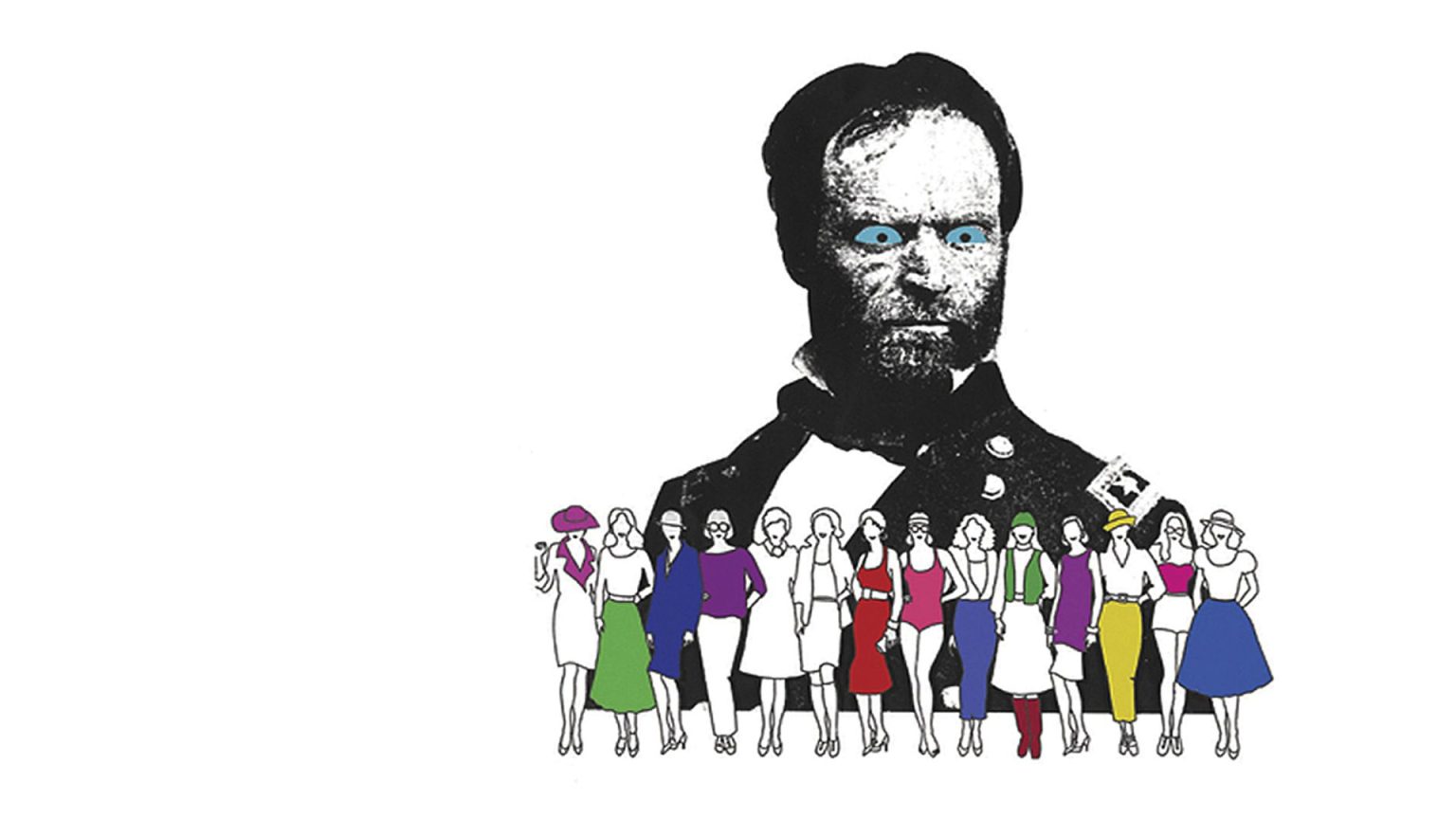By Elias Savada
I have just revisited a film I first saw half a lifetime ago. Around the 13,070th day after my birth, I walked into The Biograph [1967-1996], a single-screen art house cinema on the east side of Washington DC’s Georgetown neighborhood. It’s now a CVS. The venue then was known for its sticky floors and, on this late December 1986 day, with the temperatures hovering in the mid-30s, I had to exert myself to pry my shoes ever so slightly as I approached a second-row seat.
The whimsical documentary Sherman’s March by Ross McElwee promoted itself as “A Meditation on the Possibility of Romantic Love in the South During an Era of Nuclear Weapons Proliferation.” It starts out, very briefly, as an examination of William Tecumseh Sherman and his historic and brutal rout of the Civil War South. But for most of its 157-minute running time, the filmmaker, prodded by his parents to find a nice Southern belle and settle down, uses his camera to capture a bevy of ladies that might make girlfriend material.
Accompanied by the director’s droll, insecure, and loquacious narration, it feels like an amateur, low-tech variant of Woody Allen’s laidback ethic. As life parades giddily past his lens, the bearded filmmaker lets his stepmother and his sister help with the match-making. Meandering about the Carolina and Georgia countryside, this one-person crew captures some strange folks, including a free-spirited actress and would-be screenwriter and devotee of Burt Reynolds (who makes a brief “cameo” appearance); a rapture-believing divorcée friendly with some good ole boys “not to be paranoid or anything” building an isolationist retreat, complete with fallout shelter; a linguist on a remote non-public island; and a former girlfriend or two. There is no dearth of colorful characters popping into McElwee’s path.
A wondrous distraction for a “documentary,” that occasionally spouts facts about the eponymous march. In one scene as traffic moves about the streets of Atlanta, McElwee deadpans, “while above ground the corpses piled up because local coffin makers weren’t able to keep up with the demand.” You soon realize it’s not that important to match picture and sound, as the Sherman factoids and scenery become a sidebar to the filmmaker’s weird looking-for-love journey.
Often his bouts of hopelessness are played off as comical minidramas. A motel room with two large empty beds (and no one to share them with) is thus twice as depressing as one bed. Of course, he also thinks and dreams, too much so, of nuclear bombs, insects, and a future apocalypse.
Charleen, a very critical friend and a quite pushy (and delusional) marriage broker, offers him a singer and woman “of purity and strength and conviction” as a potential trophy wife. She’s from a prominent Charleston family and has a survivalist dowry that might give them a good chance of survival in the event of a nuclear attack. She’s also a Mormon. Oops.
As a journal about Southern womanhood, Sherman’s March is still refreshing. I won’t tell you if McElwee ever hitched up, but if you enter “Is Ross McElwee …” in a Google window, the word “married” is the top of the auto-complete listing.




